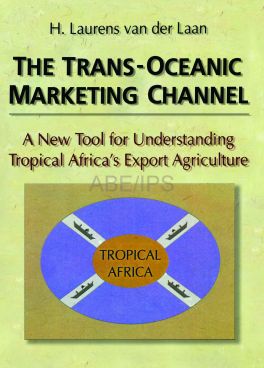Description
If you feel you have a disjointed, or unbalanced, view of the global system of demand and supply, you are probably correct. Most studies leave out a very important part of the system--the marketing channel. That is why Laurens van der Laan developed and wrote this book, The Trans-Oceanic Marketing Channel. To help you understand what happens to export crops, such as cocoa, coffee, cotton, groundnuts, tea, and tobacco, between their country of origin and consumer markets, this book analyzes the roles of different actors in trans-oceanic trade, inherent differences between world markets, export diversification policies, and the commercial and institutional forces at play.The Trans-Oceanic Marketing Channel will give you a strong background in marketing channel concepts, and because of its focus on the exporter rather than on the government, it will provide you with an excellent model for microanalysis. As you read about the special features of trans-oceanic trade, you will also learn about:
- trade associations and their role in shaping world markets for trans-oceanic crops
- the uneasy relationship between exporters and shipping companies
- the selling conduct of agricultural exporters in Africa
- the tendency of actors in Africa to accelerate the trans-oceanic product flow
- the effectiveness of export marketing boards as channel leaders
- private enterprise, the chief agent of development
- the theory of “exporter preference”The Trans-Oceanic Marketing Channel invites policymakers, international businessmen, professors, and students to examine the opportunities, problems, and policies that confront the various players in trans-oceanic trade, especially the exporters. As the book discusses the divergent institutional arrangements in the world markets for agricultural products and their differential effect on African exports, you will become keenly aware of how vertical marketing systems differ from conventional marketing channels. No other book brings together the three fundamental sections of export agriculture, the country of production, the channel through which the products flow, and the country of destination, to provide you with a complete understanding of trans-oceanic marketing.

